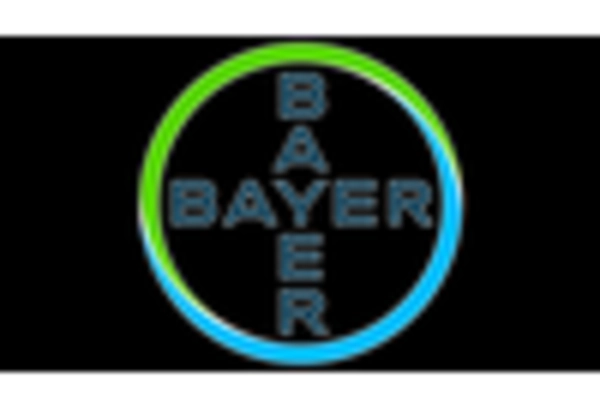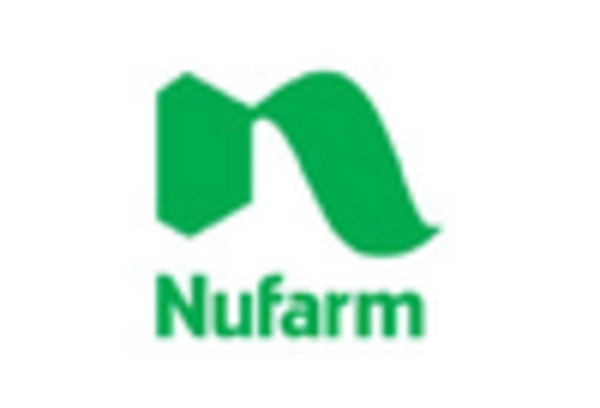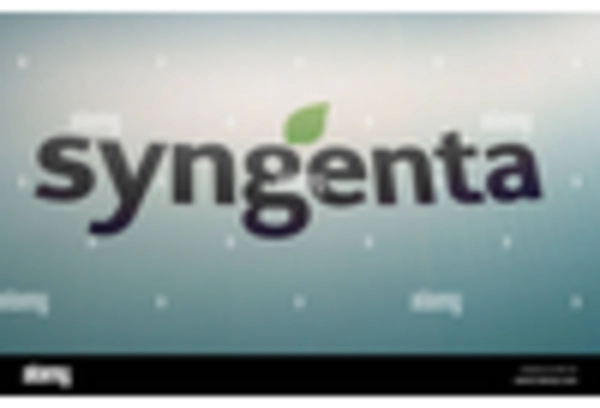Technological Advancements in GRNA Market
The GRNA Market is currently experiencing a surge in technological advancements that are reshaping its landscape. Innovations in gene editing technologies, such as CRISPR and RNA interference, are driving research and development efforts. These advancements enable more precise modifications at the genetic level, which could lead to breakthroughs in agriculture, medicine, and biotechnology. According to recent data, the market for gene editing technologies is projected to reach USD 10 billion by 2026, indicating a robust growth trajectory. This technological evolution not only enhances the capabilities of researchers but also attracts significant investments from both public and private sectors, further propelling the GRNA Market forward.
Regulatory Support and Funding in GRNA Market
The GRNA Market is benefiting from enhanced regulatory support and funding initiatives aimed at promoting research and innovation. Governments and regulatory bodies are increasingly recognizing the potential of GRNA technologies to address pressing societal challenges, such as healthcare and food security. This recognition has led to the establishment of funding programs and grants that encourage research in gene editing and biotechnology. For instance, recent government initiatives have allocated over USD 1 billion to support GRNA-related research projects. This financial backing not only stimulates innovation but also fosters collaboration between academia, industry, and regulatory agencies, thereby strengthening the overall ecosystem of the GRNA Market.
Increased Agricultural Applications in GRNA Market
The GRNA Market is experiencing a notable increase in agricultural applications, driven by the need for sustainable food production. With the global population projected to reach 9.7 billion by 2050, the demand for efficient agricultural practices is paramount. Technologies such as genetically modified organisms (GMOs) and RNA-based solutions are being utilized to enhance crop yields and resistance to pests and diseases. Recent studies indicate that the use of GRNA technologies in agriculture could potentially increase crop productivity by up to 30%. This trend not only addresses food security concerns but also aligns with environmental sustainability goals, making it a pivotal driver in the GRNA Market.
Rising Awareness of Genetic Disorders in GRNA Market
The GRNA Market is significantly influenced by the rising awareness of genetic disorders and their implications for public health. As more individuals and healthcare professionals recognize the importance of genetic testing and screening, the demand for GRNA technologies is likely to increase. This heightened awareness is fostering a greater understanding of hereditary conditions, leading to early diagnosis and intervention strategies. The market for genetic testing is projected to grow at a compound annual growth rate of 11%, reflecting the increasing emphasis on preventive healthcare. Consequently, this trend is expected to drive innovation and investment within the GRNA Market, as stakeholders seek to develop more effective diagnostic tools and therapeutic solutions.
Growing Demand for Personalized Medicine in GRNA Market
The GRNA Market is witnessing an increasing demand for personalized medicine, which is tailored to individual genetic profiles. This trend is largely driven by advancements in genomics and biotechnology, allowing for more effective treatments based on a patient's unique genetic makeup. The market for personalized medicine is expected to reach USD 2 trillion by 2025, reflecting a substantial shift towards individualized healthcare solutions. As healthcare providers and pharmaceutical companies recognize the potential of GRNA technologies in developing targeted therapies, the industry is likely to see a surge in collaborations and partnerships aimed at harnessing these innovations. This growing focus on personalized medicine is reshaping the GRNA Market, emphasizing the importance of genetic research in improving patient outcomes.


















Leave a Comment